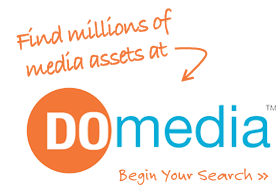New York City is one of the most competitive housing markets in the country. LinkNYC, New York city’s free public wifi, and StreetEasy, a premier real estate company, are utilizing the power of digital OOH advertising to help New Yorkers find their perfect apartment.
LinkNYC transformed old phone booths into public wifi kiosks throughout the city. Each kiosk features digital screens for advertisements. The Kiosks’ wifi is free to the public – funded completely by advertisers. LinkNYC debuted their first real estate campaign earlier this month. StreetEasy placed geo-located rental listings on kiosks within walking distance of the physical listing. New Yorkers can see the listings on the screen and check the listing on StreetEasy’s mobile site using LinkNYC’s wifi. Because the listing is located so close to the ad, interested apartment hunters can quickly walk to the physical location to see it for themselves.
Mobile and OOH have benefits alone, but true power lies when they are brought together. With the undeniable reach of OOH and mobile’s engagement factor, a campaign that effectively pairs them together is destined to be successful.
Finding an apartment in one of the world’s toughest housing markets can be difficult but digital OOH advertising can make the apartment hunt a little easier. Great job LinkNYC and StreetEasy on the awesome campaign!
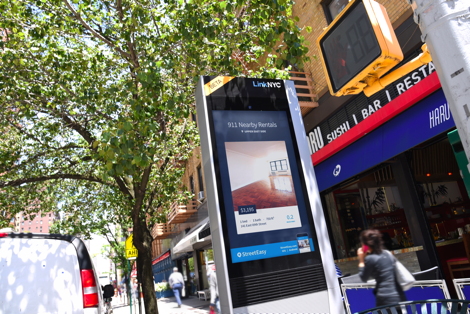
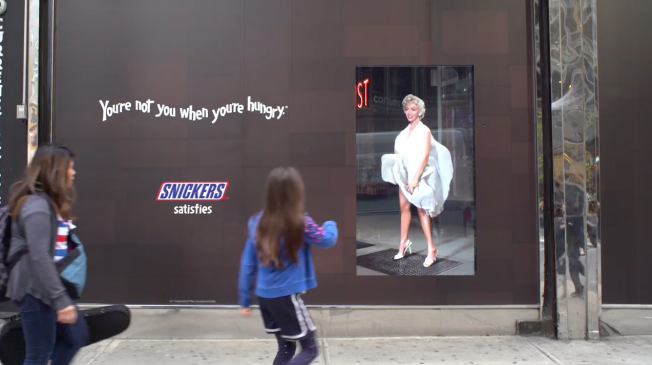 Clean, simple and well-done billboards can be some of the best works of advertising. But when an OOH ad combines with technology and humor, the ad is bound to be widely successful.
Clean, simple and well-done billboards can be some of the best works of advertising. But when an OOH ad combines with technology and humor, the ad is bound to be widely successful. 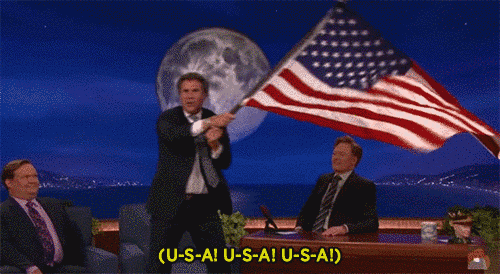
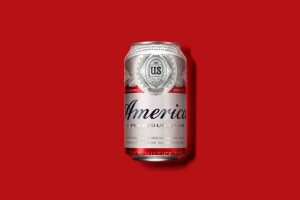
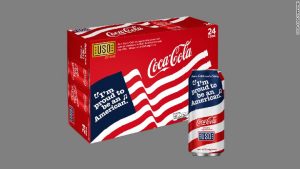
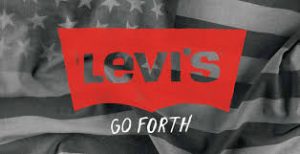
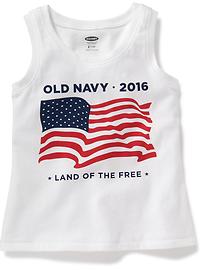
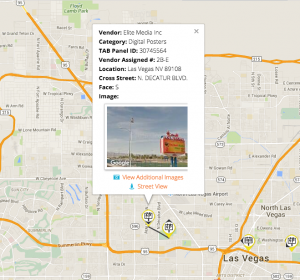
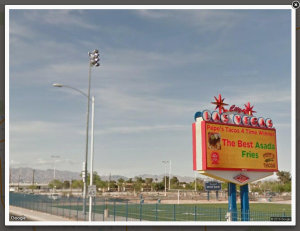
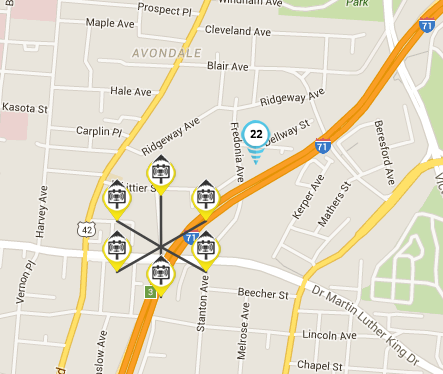
 DOmedia’s Automatic Pull and Display feature seamlessly pulls TAB data into DOmedia’s proposal generation system. Data is directly pulled from TAB’s database into a proposal, automating the proposal process and giving sellers more time to do what matters: sell. Here are some of Automatic Pull & Display’s top features:
DOmedia’s Automatic Pull and Display feature seamlessly pulls TAB data into DOmedia’s proposal generation system. Data is directly pulled from TAB’s database into a proposal, automating the proposal process and giving sellers more time to do what matters: sell. Here are some of Automatic Pull & Display’s top features: 